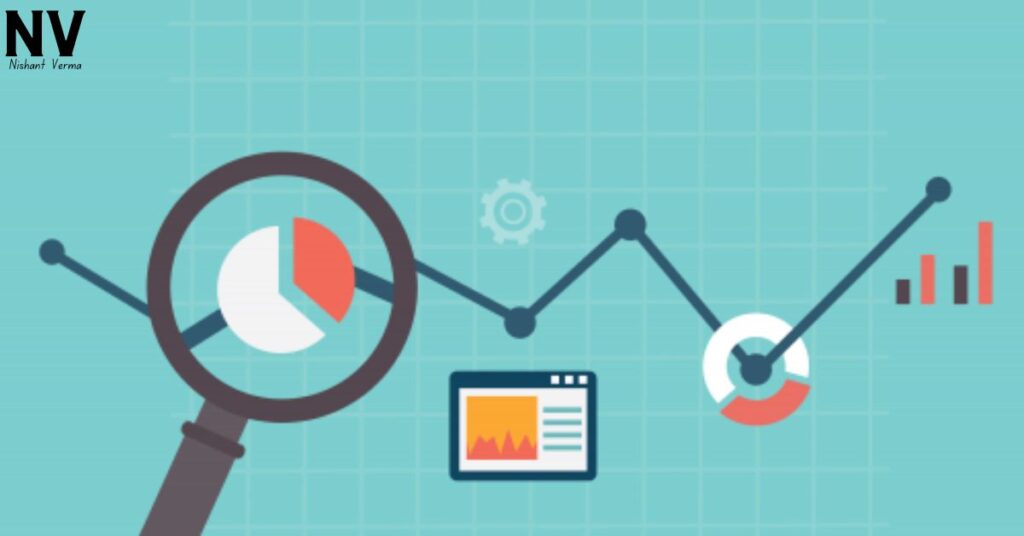The Blueprint to Sales Triumph
In the dynamic realm of business, success isn’t just about making sales; it’s about understanding, measuring, and optimizing the processes that drive those sales. In this comprehensive guide, we’ll delve into the crucial world of Essential Sales Metrics – the key performance indicators (KPIs) that every business, big or small, should track. Let’s demystify these metrics in easy and simple language, providing a blueprint for businesses to navigate their way to sales triumph.

Section 1: Understanding the Importance of Essential Sales Metrics
1.1 The Role of Metrics in Business Success
Explore why tracking Sales Metrics is vital, highlighting how businesses can use data-driven insights to make informed decisions and boost overall performance.
1.2 The Impact of Metrics on Strategy
Discuss how Sales Metrics directly influence strategic decisions, emphasizing their role in shaping marketing, customer engagement, and product development strategies.
Section 2: Sales Volume Metrics
2.1 Total Sales Revenue
Highlight the significance of total Sales Metrics revenue, showcasing how businesses can measure their overall financial success and set revenue growth targets.
2.2 Average Transaction Value
Explore the importance of average transaction value, emphasizing how increasing this metric contributes directly to revenue growth.
Section 3: Customer Acquisition Metrics
3.1 Cost of Customer Acquisition (CAC)
Discuss the concept of CAC, showcasing how businesses can assess the cost-effectiveness of their marketing and sales efforts in acquiring new customers.
3.2 Conversion Rates
Highlight the importance of conversion rates, emphasizing how businesses can measure the effectiveness of their sales funnel in turning leads into paying customers.
Section 4: Customer Retention Metrics
4.1 Customer Lifetime Value (CLV)
Explore the concept of CLV, showcasing how understanding the long-term value of a customer can guide decisions on marketing investment and customer experience.
4.2 Churn Rate
Discuss the impact of churn rate, emphasizing how businesses can measure customer retention and identify areas for improvement in their products or services.

Section 5: Sales Team Performance Metrics
5.1 Sales Conversion Rates
Highlight the importance of sales conversion rates, showcasing how businesses can evaluate the efficiency of their sales team in closing deals.
5.2 Average Response Time
Explore the significance of average response time, emphasizing how quick responses contribute to customer satisfaction and increased conversion rates.
Section 6: Pipeline Metrics
6.1 Sales Pipeline Velocity
Discuss the concept of sales pipeline velocity, showcasing how businesses can measure the speed at which deals move through the sales pipeline.
6.2 Pipeline Conversion Ratios
Highlight the importance of conversion ratios within the sales pipeline, emphasizing how businesses can identify bottlenecks and streamline their Sales Metrics processes.
Section 7: Lead Generation Metrics
7.1 Leads Generated
Explore the importance of tracking leads generated, showcasing how businesses can assess the effectiveness of their marketing efforts in attracting potential customers.
7.2 Lead-to-Customer Conversion Rate
Discuss the impact of lead-to-customer conversion rate, emphasizing how businesses can measure the efficiency of their lead nurturing and Essential Sales Metrics strategies.
Section 8: Product and Pricing Metrics
8.1 Profit Margins
Highlight the significance of profit margins, showcasing how businesses can assess the profitability of their products and make informed pricing decisions.
8.2 Return on Investment (ROI)
Explore the concept of ROI, emphasizing how businesses can evaluate the effectiveness of their marketing and sales investments.

Section 9: Social Selling Metrics
9.1 Social Media Engagement
Discuss the impact of social media engagement, showcasing how businesses can measure the effectiveness of their social selling strategies.
9.2 Social Conversion Rates
Highlight the importance of social conversion rates, emphasizing how businesses can track the number of leads and sales generated through social platforms.
Section 10: Analytics and Reporting Tools for Essential Sales Metrics
10.1 Choosing the Right Tools
Explore the importance of using analytics and reporting tools, showcasing how businesses can leverage technology to gather, analyze, and visualize sales data.
10.2 Interpreting Data for Action
Discuss the significance of interpreting data for actionable insights, emphasizing how businesses can use metrics to refine strategies and drive continuous improvement.
Conclusion: A Roadmap to Sales Excellence
In conclusion, tracking Essential Sales Metrics isn’t just about numbers; it’s about creating a roadmap to sales excellence. By understanding and optimizing these essential metrics, businesses can navigate their way to increased revenue, improved customer satisfaction, and long-term success.
So, whether you’re a startup aiming for growth or a seasoned enterprise looking to stay ahead, embrace the power of Essential Sales Metrics. Here’s to mastering success, making data-driven decisions, and achieving sales triumph in the ever-evolving landscape of business.




